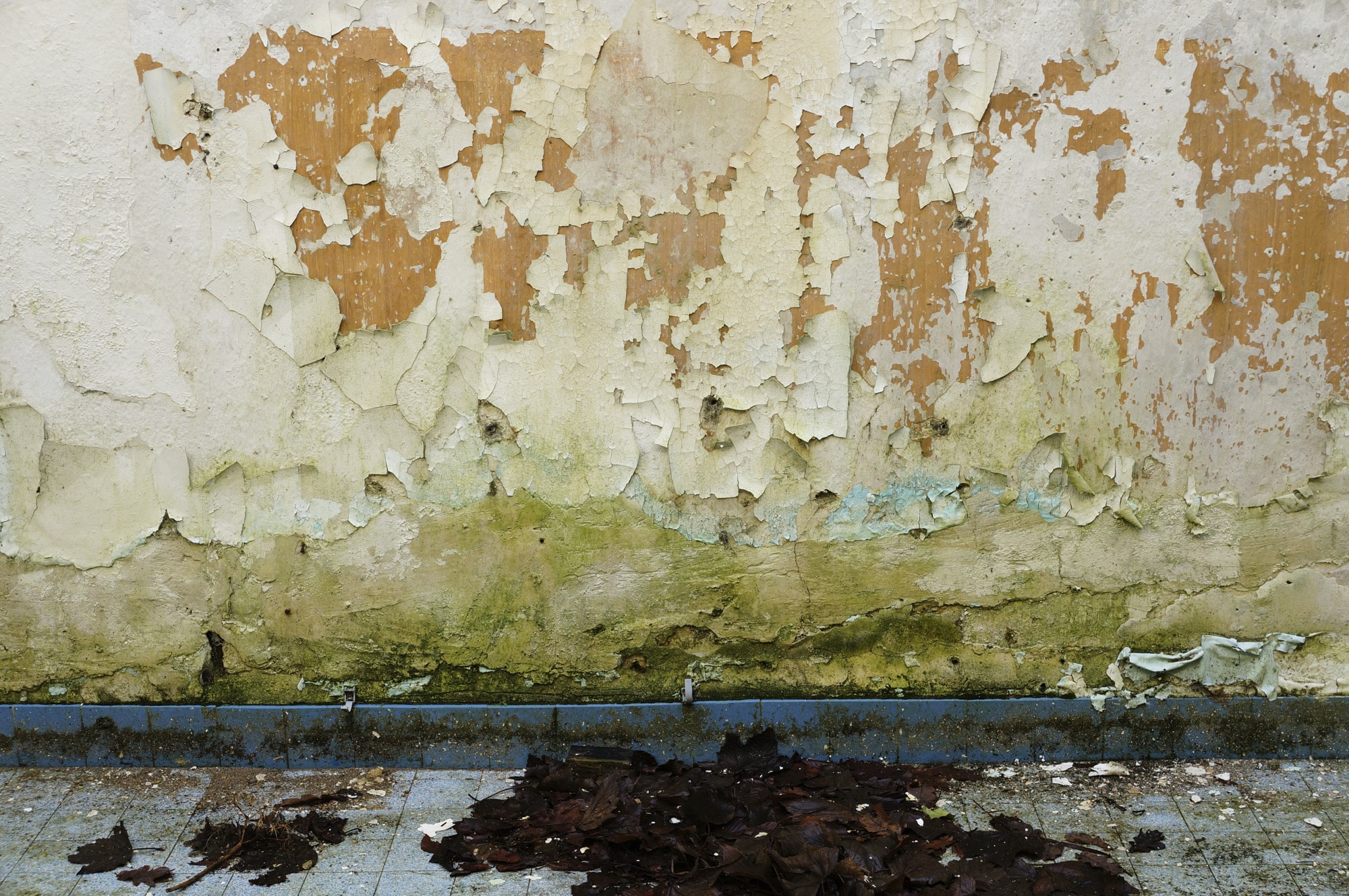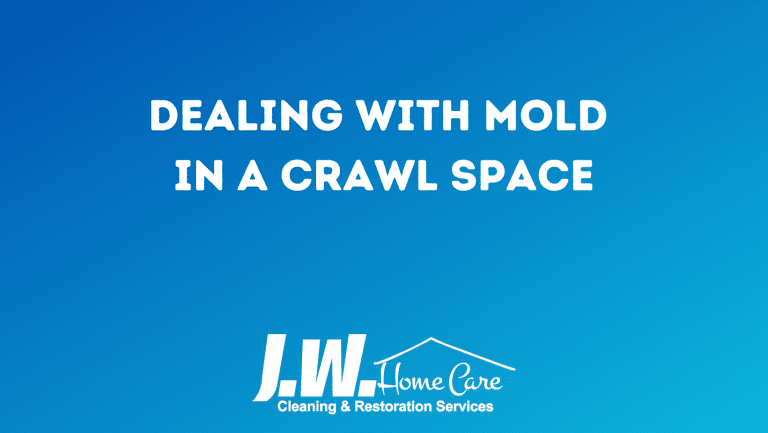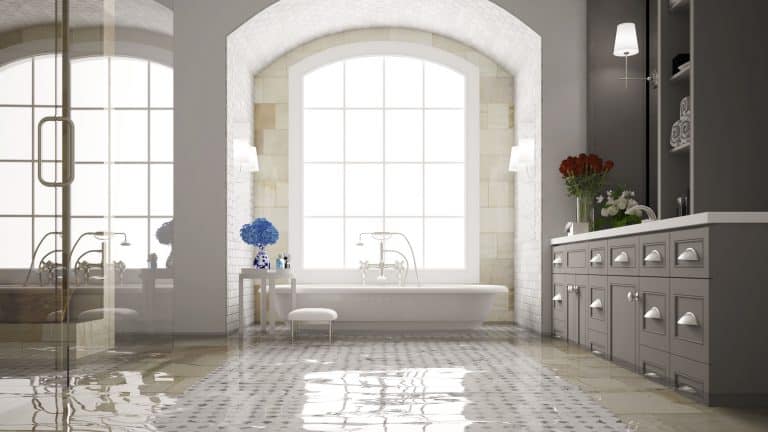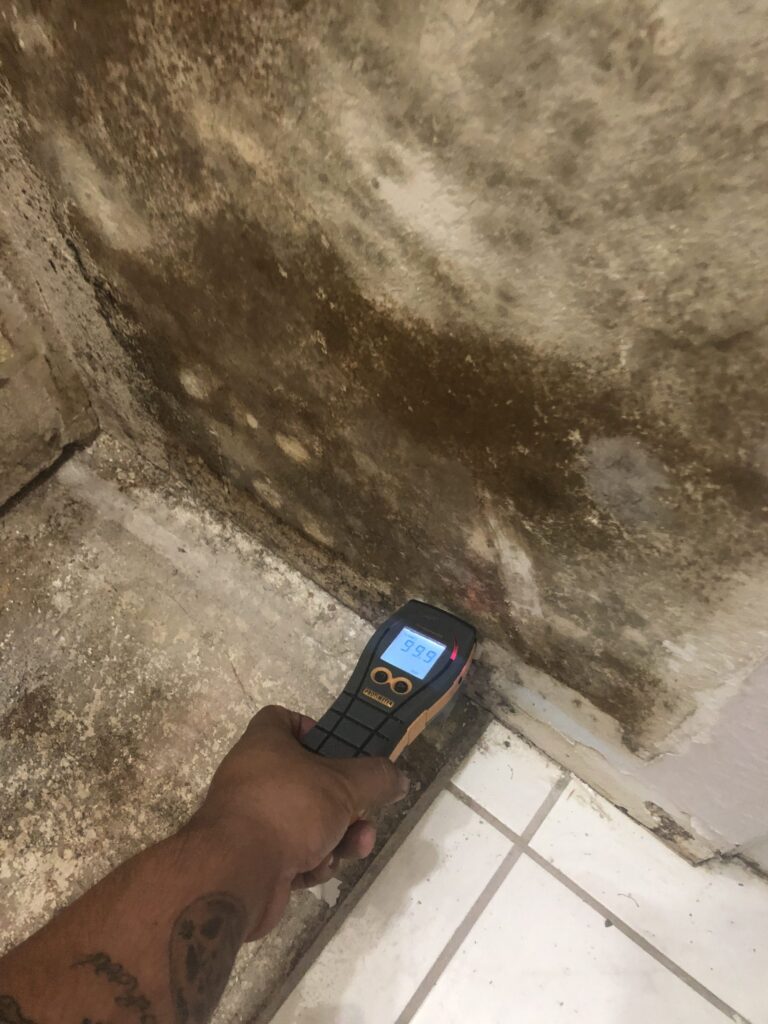Understanding the Mold Remediation Process
Mold remediation is a complex process with specific science that applies to the removal of mold. Part of understanding the mold remediation process involves knowing the different types of mold, the scope of the mold damage, how the mold started and other factors.
Numerous studies have shown that breathing elevated levels of mold on a regular basis can impact your health. Mold exposure can have common side effects such as runny noses, constant sneezing, watery eyes, wheezing, itching and difficulty breathing. Other side effects can be allergies, infections and even severe illnesses. From a health standpoint, it is important to have the mold remediated as soon as it is discovered.
Mold should only be remediated by certified and experienced specialists like those at JW Home Care. These are 5 steps of mold remediation:
- Water removal – Mold remediation services are generally needed after a water event such as a flood from rain, a leak or even water from firefighter hoses. The remediation begins with the removal of all remaining water. Generally, a water damage restoration company offers both the removal of the water and the mold remediation since they are so closely linked.
- Quarantining the work area – Mold spores are microscopic and float on the slightest air current. The spores need to be contained or quarantined to the specific area by using plastic sheeting and duct tape and in some cases, an airlock system. The amount, the type and the location of the mold determine which technique is used. Specialized air scrubbers with HEPA filtration systems are generally placed in the affected area(s) to facilitate the removal of mold spores and other debris in the air.
- Mold Removal – This is a complex, science-based process that again varies depending on the type, amount and location of the mold in your home or office. The remediation may include wiping down walls, appliances, tabletops, bathroom fixtures, etc with an eco-friendly mildewcide. It may involve placing items in sealed plastic bags and removing them from the premises. Other methods might also be used, again depending on the severity of the mold.
- Cleanup – All the remaining dirt and debris must be removed with a HEPA vacuum cleaner as these might contain some mold spores. A final clean up with specialized non-toxic medicines with wipes or mops.
- Final Inspection and Monitoring – Once the mold has been removed, the certified specialists will return to your home for a certain period of time to inspect it to ensure that the mold does not return.
Many people think that mold is an easy fix and hire an uncertified or untrained handyman or general contractor for mold remediation. The problem can come back, sometimes worse, if not properly remediated. Mold remediation should only be done by a company certified in mold remediation, such as JW Home Care. Contact us for a free estimate.








The explanation you gave on how thorough the mold remediation process is really helped. I can see how something as crucial as this should be as thorough as possible to make sure it never happens at home again. I’ll leave this up to a restoration expert so we can properly get this done.